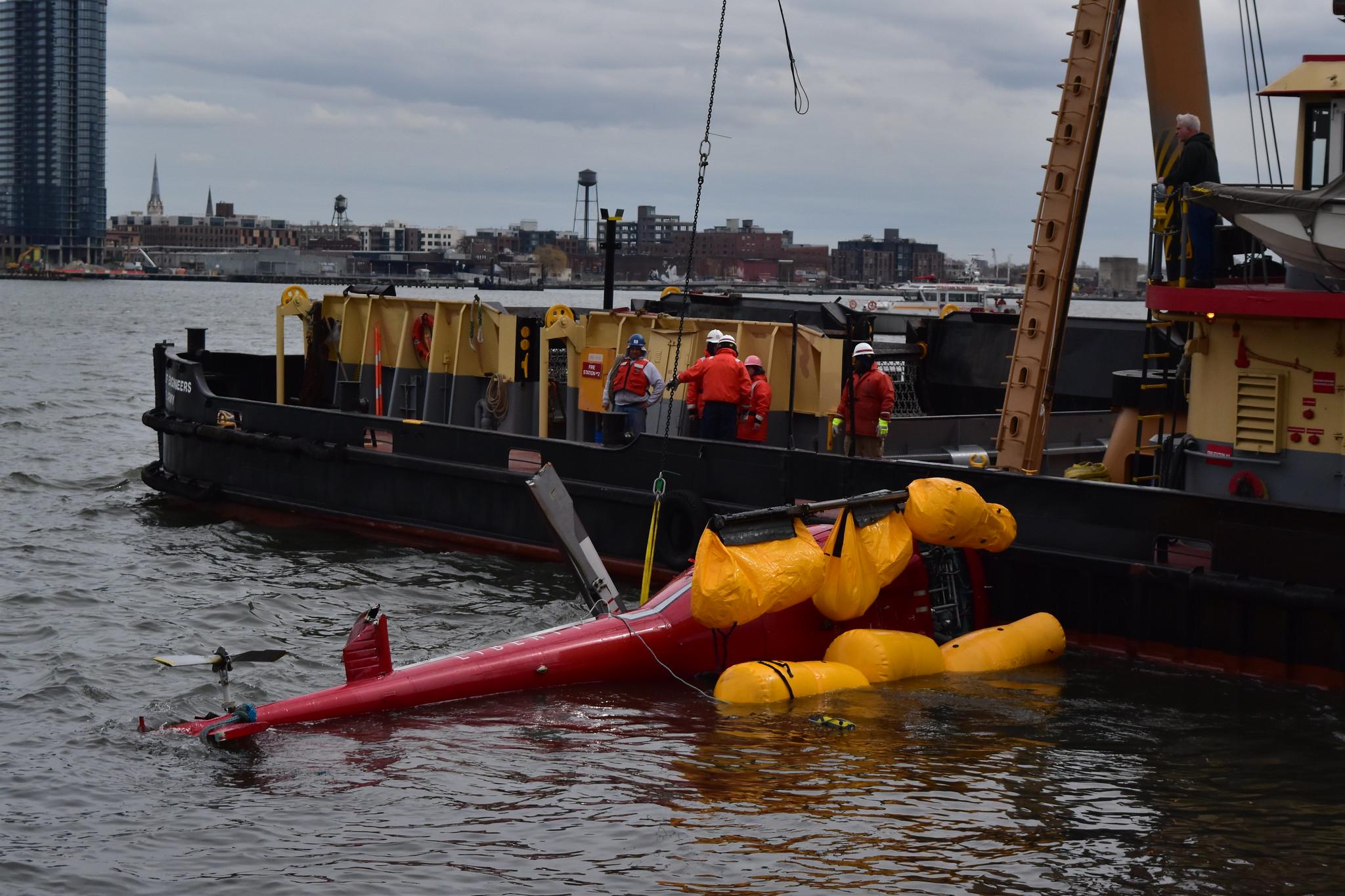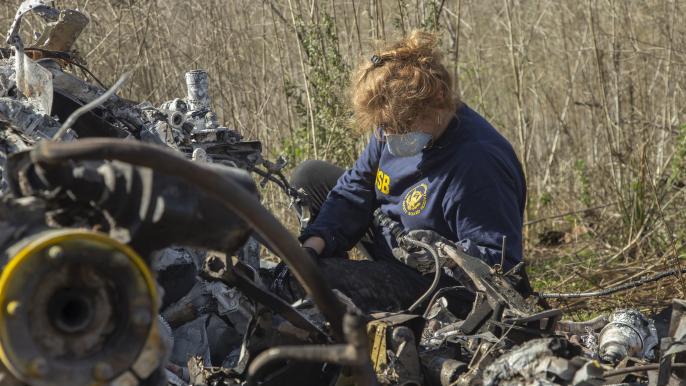
The Current Landscape
The U.S. NTSB first recommended that Safety Management Systems (SMS) be implemented by Part 121 airlines—something the FAA now requires—in 2007, then called for the same requirement for public aeromedical helicopters in 2009, Part 135 charter operators in 2016 and air tour operators in 2019. In March 2021, the board adopted an investigative report that recommends SMS systems be required for revenue passenger-carrying Part 91 operations such as air tours, parachute jumps, historic aircraft experience flights and sightseeing balloon trips.
Adopting its latest “Most Wanted List” of transportation safety improvements on April 6, the NTSB pressed its case for a regulation affecting non-Part 121 carriers. The board called on the FAA to require “Part 135 operators and all commercial air tour operators, regardless of their operating rule, and all Part 91 revenue passenger-carrying operators to establish SMS programs.”
The FAA administers a voluntary SMS program, but participation by Part 135 operators is low—of 1,940 Part 135 certificate holders, only 20 have FAA-accepted SMS programs and another 213 are in various stages of the acceptance process, according to the NTSB.
Even when operators voluntarily implement SMS, safety is not assured. Island Express Helicopters, the operator of a Sikorsky S-76B that crashed near Los Angeles in January 2020, killing the pilot and eight passengers, including basketball great Kobe Bryant and his daughter, had such a system. But its oversight by management was lacking, the NTSB found.
The FAA has said that it has initiated a rulemaking process to mandate SMS for key aviation sectors, including design and manufacturing organizations. It expects to release a notice of proposed rulemaking by September 2022.
Regulatory History
Congress ordered the FAA to develop a rule requiring Part 121 air carriers to implement SMS programs—originally by July 30, 2012—in the Airline Safety and FAA Extension Act of 2010. The FAA released a final rule in January 2015 that gave carriers three years from its effective date of March 9, 2015 to have in place a fully functioning SMS.
According to a copy of the final rule that was published in the Federal Register, the FAA’s accident investigation office had singled out 123 accidents involving Part 121 airlines between fiscal years 2001-10 “for which identified causal factors could have been mitigated if air carriers had implemented an SMS to identify hazards in their operations and developed methods to control the risk.”
Four SMS Components

What is an SMS? Dana Schulze, director of the NTSB Office of Aviation Safety, explained: “A Safety Management System is a business process, something that looks to proactively manage risk. It recognizes that not just a pilot or the front-line operators are responsible for safety; [that it is] an organizational responsibility. So, it looks to the proactive identification of hazards, putting mitigations in place to control those hazards so they don’t result in undesired outcomes, monitoring the effectiveness of looking for new hazards and then promoting the findings with all employees from top-to-bottom in the organization.”
According to the FAA: “SMS is the formal, top-down, organization-wide approach to managing safety risk and assuring the effectiveness of safety risk controls. It includes systemic procedures, practices and policies for the management of safety risk.”
The FAA prescribes four major components of an SMS (see FAA Order 8000.369C):
- Safety Policy: Safety Policy is the organization’s documented commitment to safety, which defines safety objectives and the accountabilities and responsibilities of its employees in regard to safety management. The safety policy of the applicable FAA organizations must be documented; communicated to all employees and responsible parties; consistent with FAA and U.S. State Safety Program goals and objectives; and reviewed periodically to ensure it remains relevant and appropriate to the organization.
- Safety Risk Management (SRM): All applicable FAA organizations must establish and maintain an SRM function that provides for initial and continuing identification of hazards and the analysis and assessment of safety risk. The applicable FAA organizations’ SRM functions ensure that appropriate safety risk controls are developed and employed operationally. Validation of system performance and effectiveness of implemented risk controls and risk management strategies occurs under the Safety Assurance component. An organization’s SRM function must meet the intent of the policy set forth in the latest version of FAA Order 8040.4, “Safety Risk Management Policy.”
- Safety Assurance: All applicable FAA organizations must establish and maintain Safety Assurance processes to ensure that safety risk controls achieve their intended safety performance targets and are used to assess operations to identify hazards. The Safety Assurance validation processes are a primary function of FAA organizations that provide oversight of product/service providers. Safety Assurance includes monitoring systems of interest and assessing the need for new risk controls, modification of ineffective risk controls, or elimination of those no longer needed due to changes in the operational environment. These monitoring activities apply whether the operations are accomplished internally or outsourced (e.g., contracted activities or designees).
- Safety Promotion: Applicable FAA organizations must establish and maintain a safety promotion function. Safety promotion is a combination of training and communication of safety information to support the implementation and operation of an SMS in an organization. It includes actions taken to create an organizational environment where safety objectives can be achieved in fulfillment of its mission.
What Industry Associations Say
Commenting on the NTSB’s latest Most Wanted List safety recommendations, Helicopter Association International (HAI) said it “strongly recommends that all aviation operations, not just those that carry passengers for hire, adopt an SMS program. An SMS provides a structured, ongoing process to improve operational safety and is endorsed by aviation regulators and safety organizations around the world as the best way to systematically manage aviation risk.”

The National Business Aviation Association (NBAA) “is a huge supporter of SMS,” says NBAA President and CEO Ed Bolen. Discussing the developing rule with FAA Administrator Steve Dickson in March, however, Bolen warned that a one-size-fits-all system would be difficult for business aviation, with its many diverse operators.
“I realize that business aviation has some unique challenges, and one size does not fit all when it comes to safety programs,” said Dickson, an evangelist for data-driven decision making. “But I think we can all agree that the basic concepts of SMS—having a safety policy, performing safety risk assessments, taking action on the results and communicating this to all levels of the organization—are very positive improvements to safety culture, even in a variety of the ways they are scaled and implemented across different operators.
“The approach that we want to take is not prescriptive,” added Dickson, "but will necessarily be based on standards expressed in a new a Part 5 that was added to federal aviation regulations with the SMS rule in 2015 as well as Annex 19 (Safety Management) of the International Civil Aviation Organization.”





